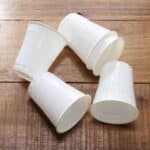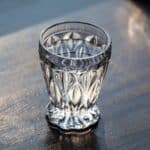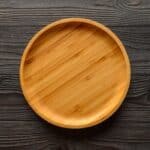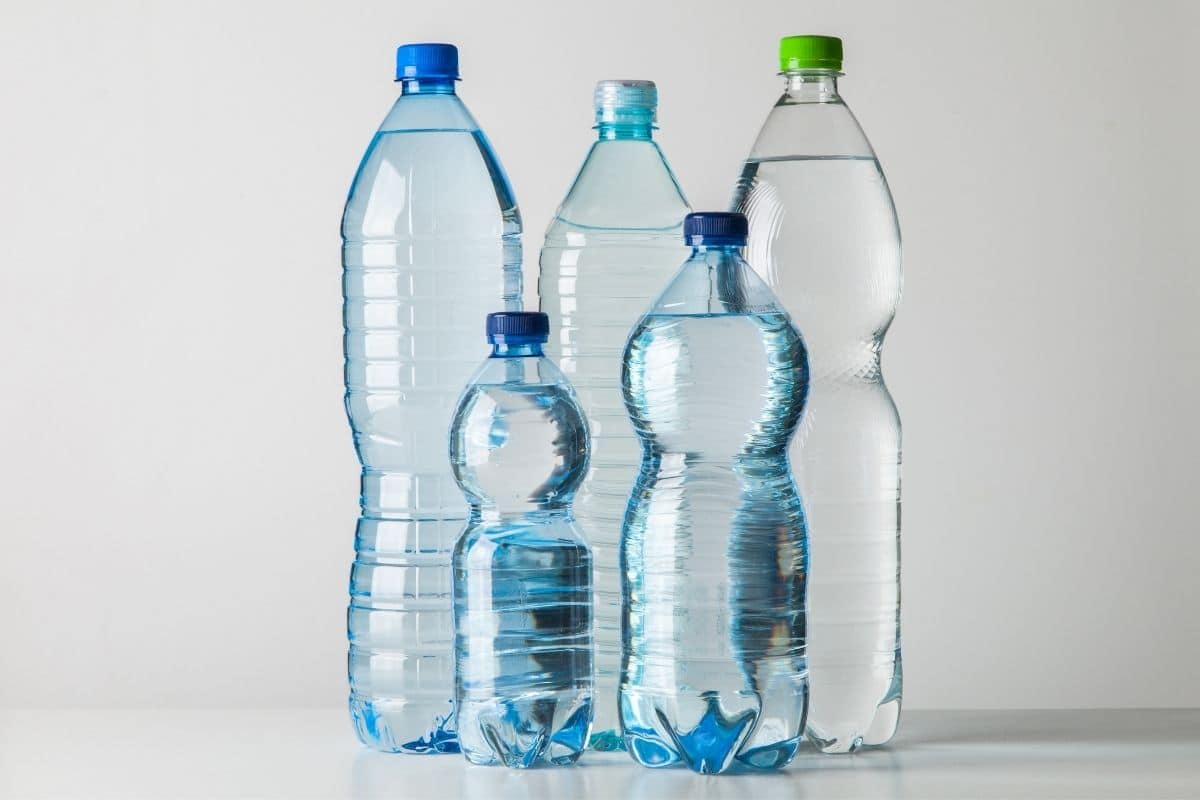
Water bottles and microwaves are convenient and easy, but the two should almost never mix!
Bottles are most often composed of simple plastics or metals, neither of which are microwave safe.
The majority of water bottles are single or limited-use plastics and are not intended for reheating/reuse.
You should avoid microwaving any plastics not marked as microwave safe since any not marked may produce toxins when heated beyond a certain point.
Even if you may own a microwave-safe bottle, do not seal it, or you may risk pressurized content bursting.
Last but not least, water bottles are not uniform shapes, and contents will heat unevenly.
Microwaving water bottles is best to avoid altogether, but we’ve outlined just why and some rare exceptions.
Unsafe Materials: Simple Plastics and Metals of any Kind
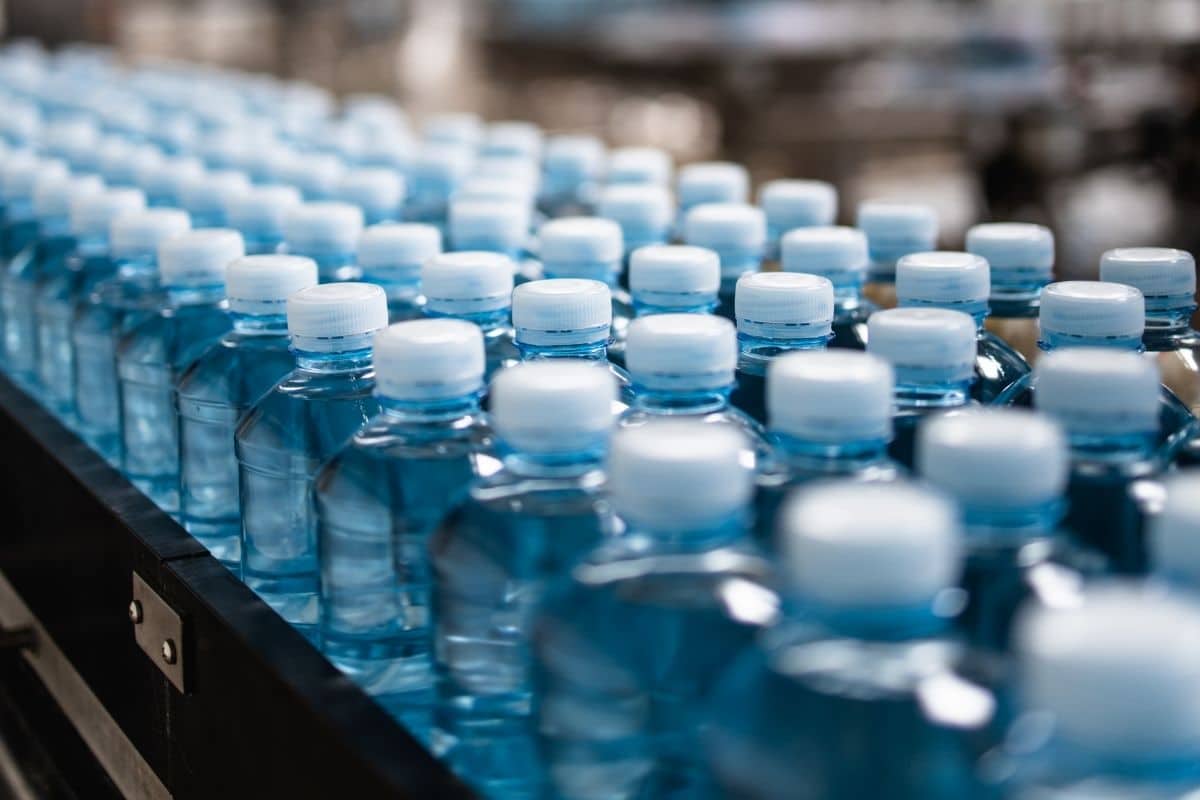
Do Not Microwave:
Plastics: Disposable water bottles are not made of plastics made to last in the microwave. Many may warp or melt in high heat.
- This applies to plastics labeled #s 1, 3, 6, and 7, which are considered disposable.
Metals: Most metals in a microwave can cause sparks, fires, or small explosions and shouldn’t be used.
Possible Exceptions: Microwave Safe Plastics, Unsealed:
- Usually labeled by number for recycling purposes, the BPA number marked on many plastics also indicates their safety under heat and pressure.
- Plastics #s 2, 4, and 5 may be safe for very short periods of time on low power settings.
- Microwaving even safe bottles while sealed will create pressure, so keep caps and lids very loose or off.
While some options are safer than others, none are completely carefree when it comes to water bottles.
At worst, microwaving a water bottle can be unsafe for you and your microwave.
At best, microwaving a water bottle is ineffective at evenly heating its contents.
Be sure to stay hydrated, but stay away from the microwave’s high heat for this one.

